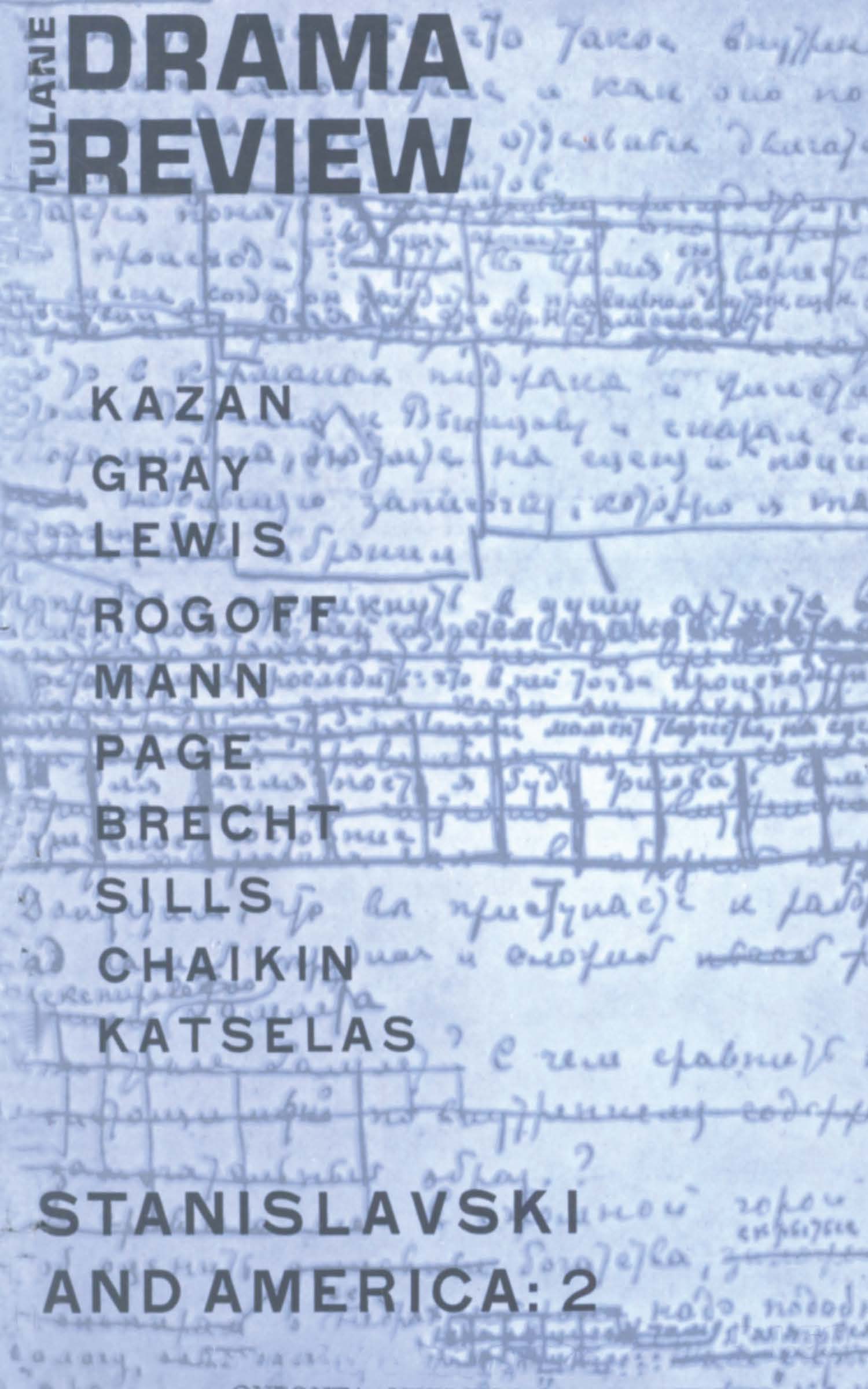No CrossRef data available.
Article contents
The Allegorical Theatre of Hugo von Hofmannsthal
Published online by Cambridge University Press: 23 November 2021
Extract
In an essay, written in 1924, Mr. T. S. Eliot pointed to the effects in the English drama of an unlimited aim at realism. He saw that without a form to arrest the flow of spirit, without unrealistic conventions, the drama was bound to end in an “exact likeness to the reality which is perceived by the most commonplace mind.” Perhaps in only one play, Everyman, he thought, we had a drama within the limitations of art. In fact, one may say that the unchecked attempt at realism, the attempt “to escape the conditions of art,” has paradoxically become a limitation for die artist. The realistic theatre itself developed in time such stringent conventions that modern playwrights, at least since Ibsen, have sought to escape them. And some serious dramatists have looked for more than purely formal solutions (like the techniques of expressionism) to liberate the stage. They wanted to enlarge the scene in order to regain the scope of the great theatres of the past.
- Type
- Research Article
- Information
- Copyright
- Copyright © The Tulane Drama Review 1960
References
Notes
1 “Four Elizabethan Dramatists,” in Selected Essays 1917-1932, p. 93.
2 The play had been published in 1911. It was Reinhardt's idea to inaugurate the Salzburg festivals with its presentation, in 1920, on the cathedral square.
3 Hofmannsthal's essays on the subject are collected in a small volume, Festspiele in Salzburg, S. Fischer Verlag, 1952.
4 See “Festspiele in Salzburg,” the title-piece in the aforementioned volume, also in Gesammelte Werke, Herbert Steiner, ed., Prosa III (1952), pp. 448-449.
5 “Aufzeichnungen zu Reden in Skandinavien,” Prosa III, p. 353.
6 Translated in Selected Prose, Bollingen Series XXXIII (1952), p. 350.
7 “Das alte Spiel von Jedermann,” Prosa III, pp. 115-116.
8 See Hofmannsthal's prefatory statement to the play.
9 See Ad me ipsum in Die Neue Rundschau, LXV (1954), pp. 361, 367, 369.
10 Burckhardt, Carl J., Erinnerungen an Hofmannsthal und Briefe des Dichters (1944), pp. 36Google Scholar, 40, 56, 67-68.


